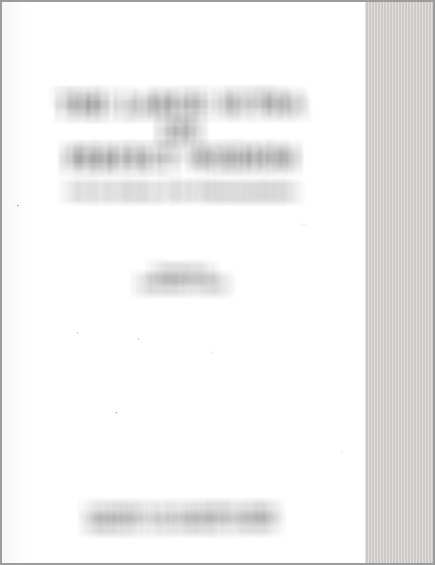Shishupala-vadha (Study)
by Shila Chakraborty | 2018 | 112,267 words
This page relates ‘Shadgunya according to Kautilaya’ of the study on the Shishupala-vadha (in English) in the light of Manusamhita (law and religious duties) and Arthashastra (science of politics and warfare). The Shishupalavadha is an epic poem (Mahakavya) written by Magha in the 7th century AD. It consists of 1800 Sanskrit verses spread over twenty chapters and narrates the details of the king of the Chedis.
Ṣāḍguṇya according to Kauṭilaya
“vijigīṣuḥ śaktyapekṣaḥ ṣāḍguṇyamupayuñjīta |” (7.3.1) ||[1]
According to the Arthaśāstra to rule the kingdom the king should apply sixfold policy or ṣāḍguṇya according to the situation of his state. The sixfold policy of administration primarily concerns itself with the king in relation to other powers.
According to Kauṭilya—ṣāḍguṇya is:
Means, the source of peace and activity is the sixfold policy—
Peace is that which brings about security of enjoyment of the fruits of works—
Activity is that which brings about the accomplishment of works undertaken.
It is said about sixfold policy in the Arthaśāstra of Kauṭily (the first chapter of seventh adhikaraṇa).
“ṣāḍguṇyasya prakṛtimaṇḍalaṃ yoniḥ | sandhivigrahāsanayānasaṃśrayadvaidhībhāvāḥ— ṣāḍguṇamiti ācāryāḥ | dbaiguṇyam iti vātavyādhiḥ, sandhivigrahābhyāṃ hi ṣāḍdbhaguṇyaṃ sampadyate iti | ṣāḍguṇyam evaitadavasthabhedāt iti kaiṭilyaḥ” (7.1.1-5)[5]
“The circle of constituent elements is the basis of the six measures of foreign policy.”
“peace, war, staying quit, marching, seeking shelter and dual policy constitute the six measures—say the teachers”.
“There are (only) two measures; says vātavyādhi. ‘For out of peace and war the six measues come into being.’ ‘These are really six measures, because of differences in the situations”, say Kauṭilya.”[6]
svāmyamātyajanapadadurgakośadaṇḍamitraṇi prakṛtayaḥ | (6.1.1)[7]
Means—svāmi, amātya, janapada, durga, kośa daṇḍa, and mitra. These are called prakṛti and śatru, mitra arimitra, mitramitra, arimitramitra, pārṣṇigrāha, ākranda, pārṣṇigrāhāsāra, ākrandasāra, madhyama and udāsīna—These are dvādaśa rājamaṇḍala.
Footnotes and references:
[1]:
R.P. Kangle: The, Kauṭilīya Arthaśāstra, Part–I, p. 171.
[2]:
ibid., part–I, p. 165.
[3]:
loc.cit.
[4]:
loc.cit.
[5]:
ibid., Part–I p. 168.
[6]:
ibid., part–II, p. 321.
[7]:
ibid., part–I , p.164.
